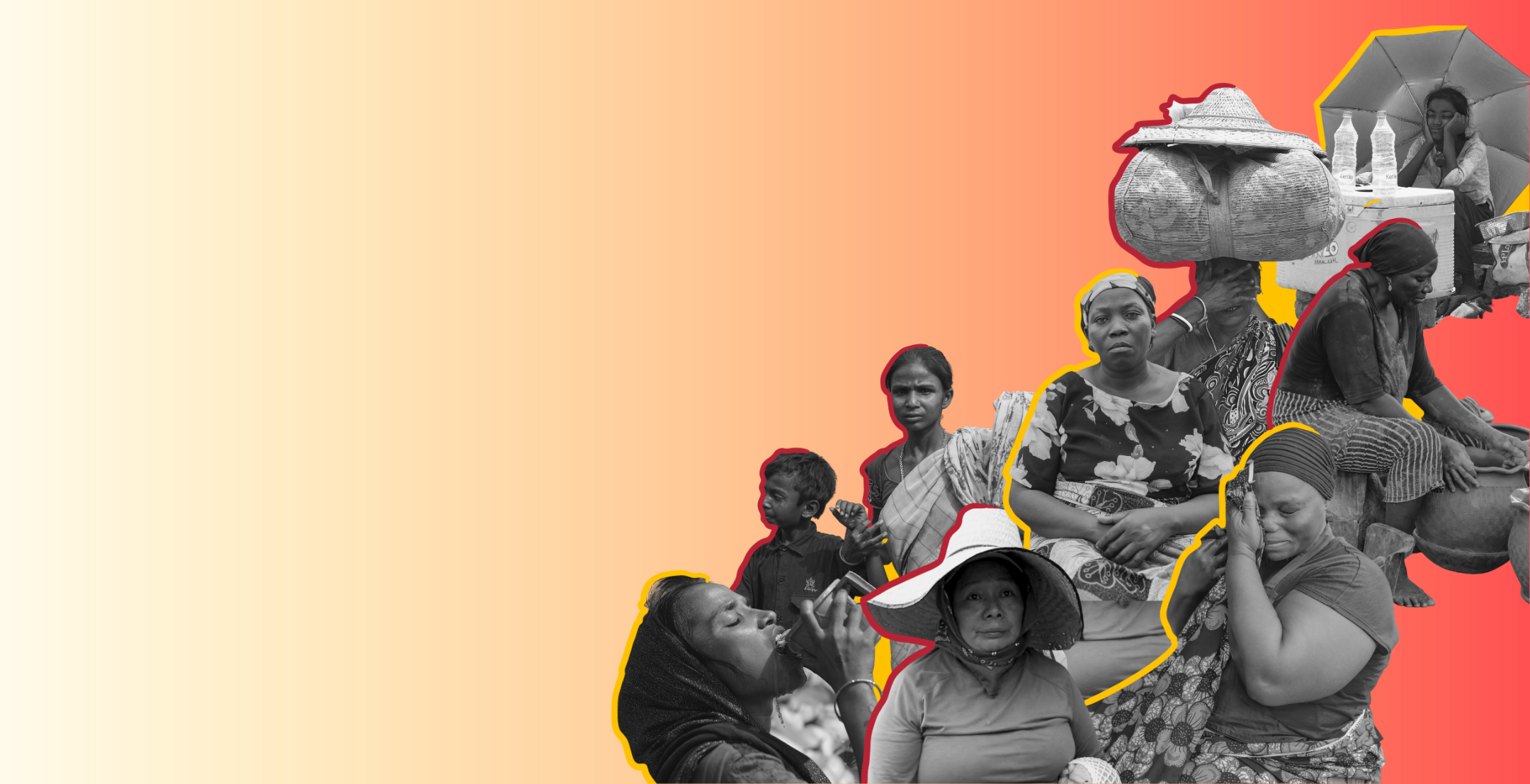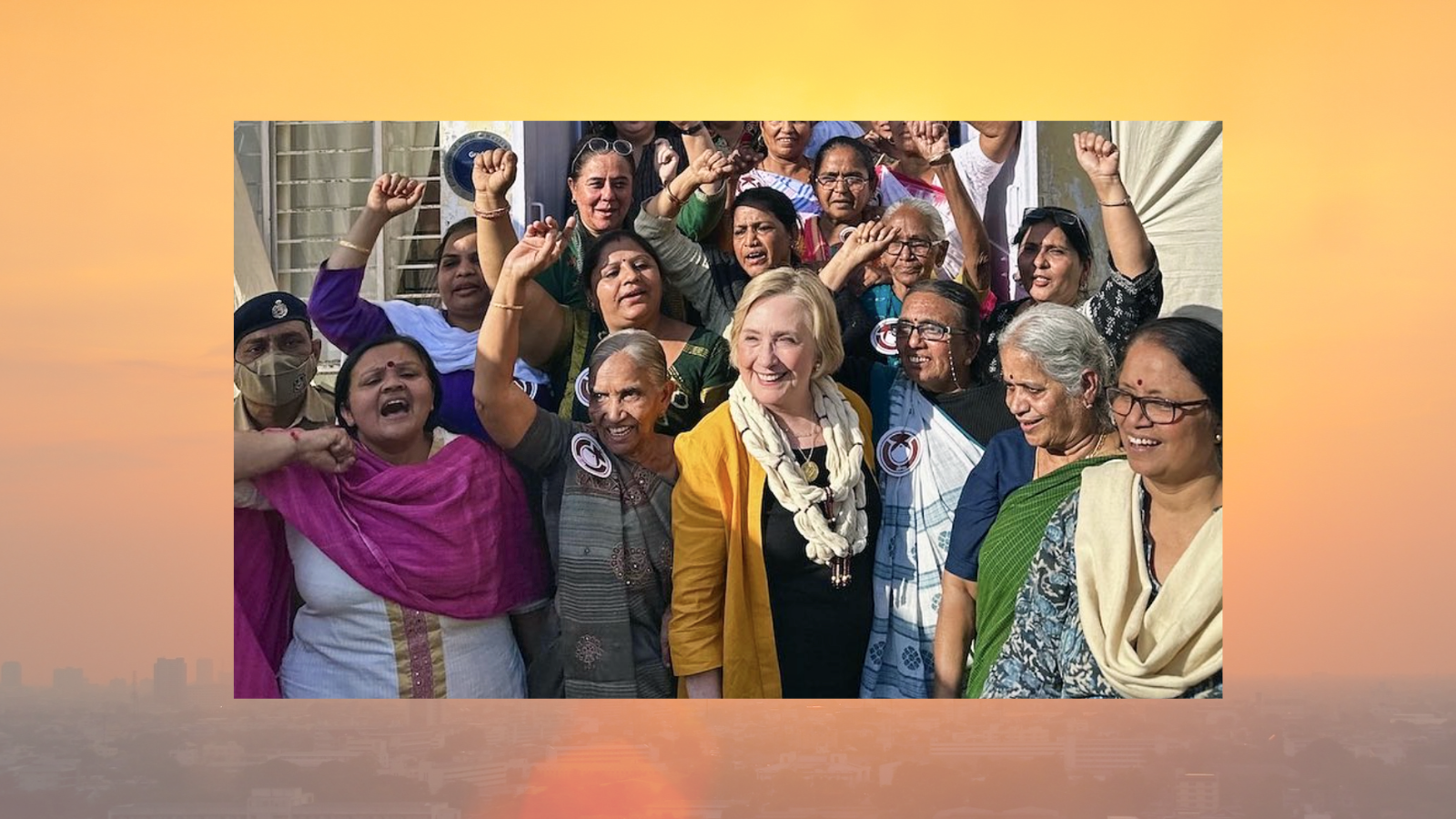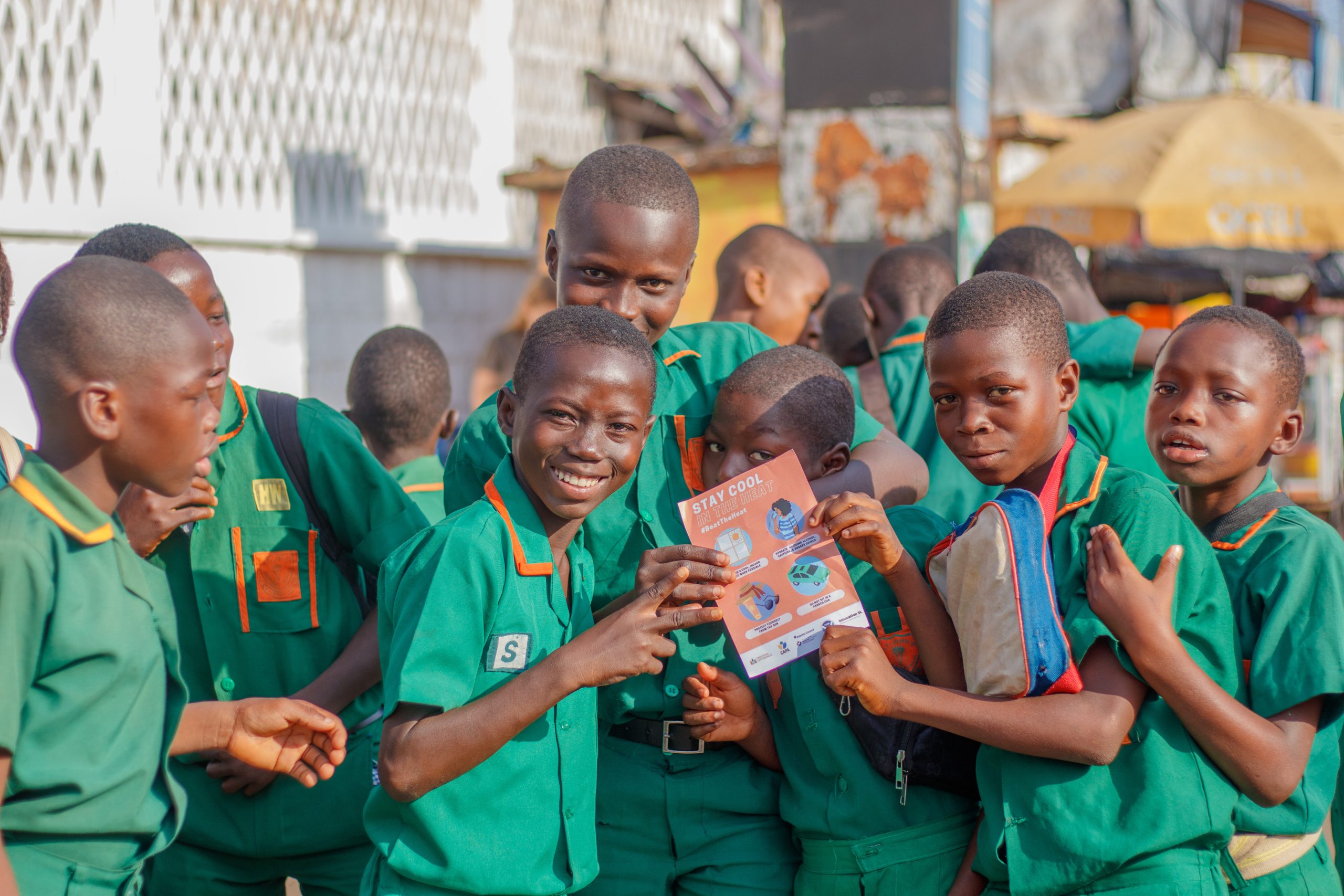Extreme heat impacts people unequally. While excess heat negatively effects both men and women, women have specific physical, social, and economic vulnerabilities that affect their health. Furthermore, women face systemic barriers that limit their ability to adapt to the impacts of climate change. In many countries around the world, women have limited economic, social, and legal opportunities. The Global Gender Gap finds that it will take 131 years to reach gender parity. These physical and social vulnerabilities to extreme heat make it more difficult for them to recover from climate disasters.
As global warming heats our planet, it is crucial to advance gender-responsive solutions that protect individuals, households, and entire communities from the impacts of climate change.
Global and gendered warming: The health risks to women
As the planet heats up, women’s health and wellbeing are on the line. Even when heat threatens entire communities, women are more vulnerable. In 2022, a dangerous heat wave scorched Europe and accounted for two-thirds of heat-related deaths that summer. However, what emerged from an analysis of the 2022 heat wave was the clear risk to women. There were 56 percent more heat-related deaths in women than in men, with vulnerabilities significantly higher for older women. These trends have been evident for years. More women died during a 2010 heat wave in Ahmedabad, India and studies are showing that women are more affected by the negative health effects of climate change than men. In India, Nigeria, and the United States alone, over 200,000 women are expected to die during hot years.
These vulnerabilities also increase during pregnancy. In 2022, Arsht-Rock’s team of experts conducted a state of the science literature review. It revealed that excess heat has a significant impact on the health of expectant mothers and newborns. Heat exposure is associated with higher rates of preterm birth, gestational hypertension, gestational diabetes, miscarriage, and stillbirth.
Around the world, women face specific physical vulnerabilities to heat that are exacerbated by the pressure of expected gender roles that limit their access to education, independent income, and disaster response resources. They are vulnerable to food and economic insecurity, more likely to suffer from mental illness, and more vulnerable to domestic violence during a climate disaster.
The household burden of heat
Not only are women on average more vulnerable to the health impacts when exposed to high temperatures, but they also bear the “double burden” of caring for both themselves and their families as extreme heat increases their family’s and community’s susceptibility to illnesses and death. This responsibility is particularly evident in lower income households, where women frequently bear most, if not all, of the caregiving duties.

This dynamic also contributes to generational cycles of gendered impacts. When mothers are employed outside the home, it commonly results in pressure on girls to leave school to assume the caregiving role for the family and household.
Families can be further disadvantaged when climate disaster strike. When women are able to find employment—only 47 percent of women are active in the labor market compared to 72 percent of men—they are often employed in vulnerable sectors. In many low and lower-middle income countries, for instance, women make up the majority of the informal economy. During periods of extreme heat, women become more economically vulnerable and work outdoors with little protection from the rising temperatures. Without protective equipment, the scorching sun can cause burns, blisters, rashes, or even more serious illnesses.
As global warming accelerates, women are often forced to work in unsafe environments. Their educational outcomes can suffer, and they lose further productive time as extreme heat increases their care burden. This results in knock-on effects for long-term development outcomes.
Following a climate disaster, women also rarely have the same opportunities to migrate as men do. Men have better access to the legal and financial rights to leave their home following a climate disaster to pursue new forms of income, which in turn “intensifies women’s workloads as they struggle to add the work that men used to manage to their own daily workloads.”
Advancing gender equality in the face of climate change
While climate change and extreme heat impact everyone, there are structural and social inequalities that make it more difficult for women to protect their health in times of climate crisis.
In 2022, Arsht-Rock elevated the nexus of heat, health, and gender with the appointment of our first Global Ambassador for Heat, Health, and Gender. Secretary Hillary Rodham Clinton stepped into the role, bringing decades of experience working and advocating for women’s equality and climate action, and partnership through the work of the Clinton Global Initiative.
“As the climate crisis bears down, and as women’s lives and livelihoods continue to be threatened as a result, there’s not time to waste in addressing this urgent need,” Secretary Clinton said when the role was first announced.
Women are among the most vulnerable groups in the communities where we are advancing and accelerating climate adaptation solutions. In our work, we prioritize community-led solutions that protect women from the dangers of climate change. From collaborating with our Chief Heat Officer and Freetown’s market women to install shade covers to our parametric insurance pilot with the members of the Self-Employed Women’s Association, there are replicable and scalable ways to work with frontline communities to co-deliver resilience solutions.
With the engagement of Secretary Clinton as our Global Ambassador for Heat, Health, and Gender, and through partnership with the Clinton Global Initiative, we are igniting action to develop and implement more informed, gender-responsive interventions that protect women from the impacts of climate-driven extreme heat.
Kathleen Euler is the associate director of digital communications for the Arsht-Rock Resilience Center.


